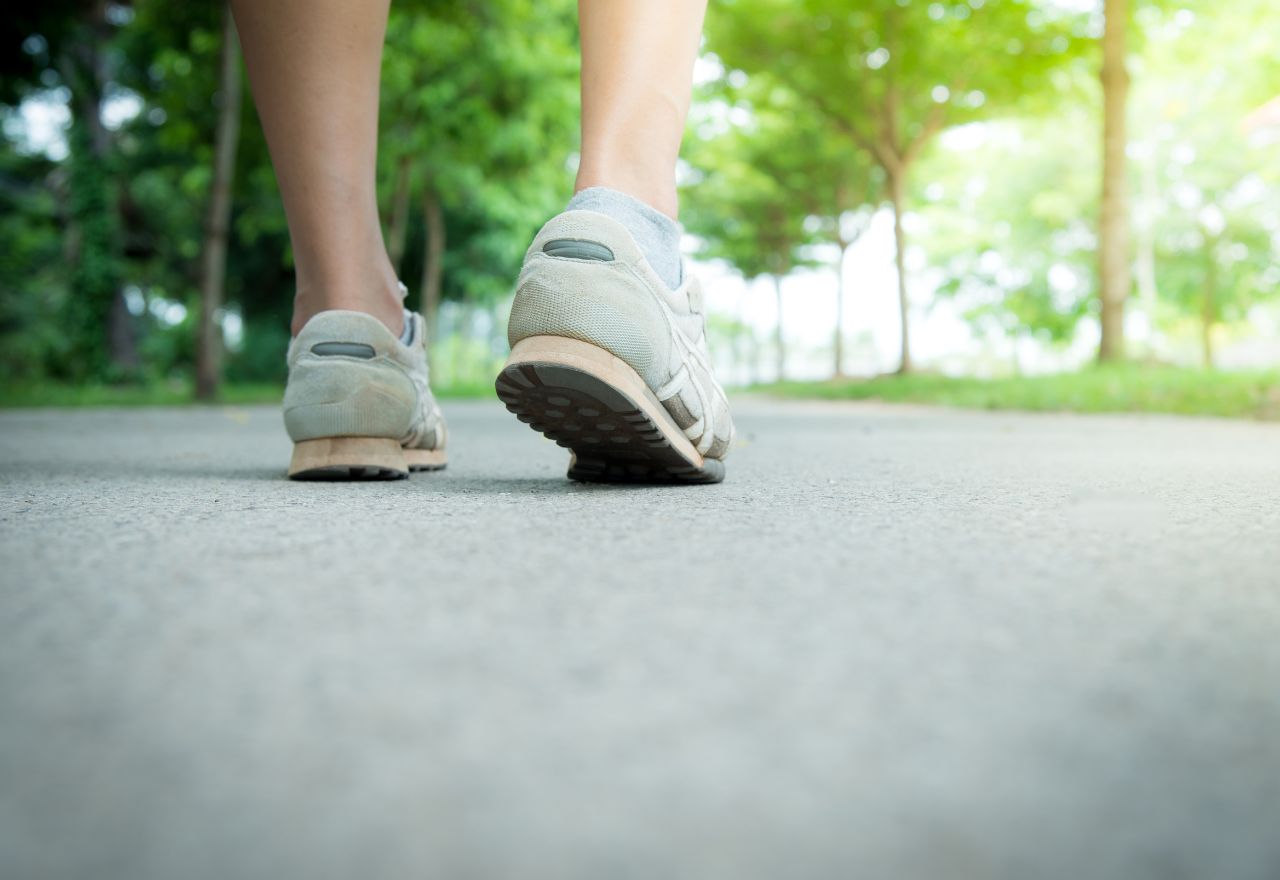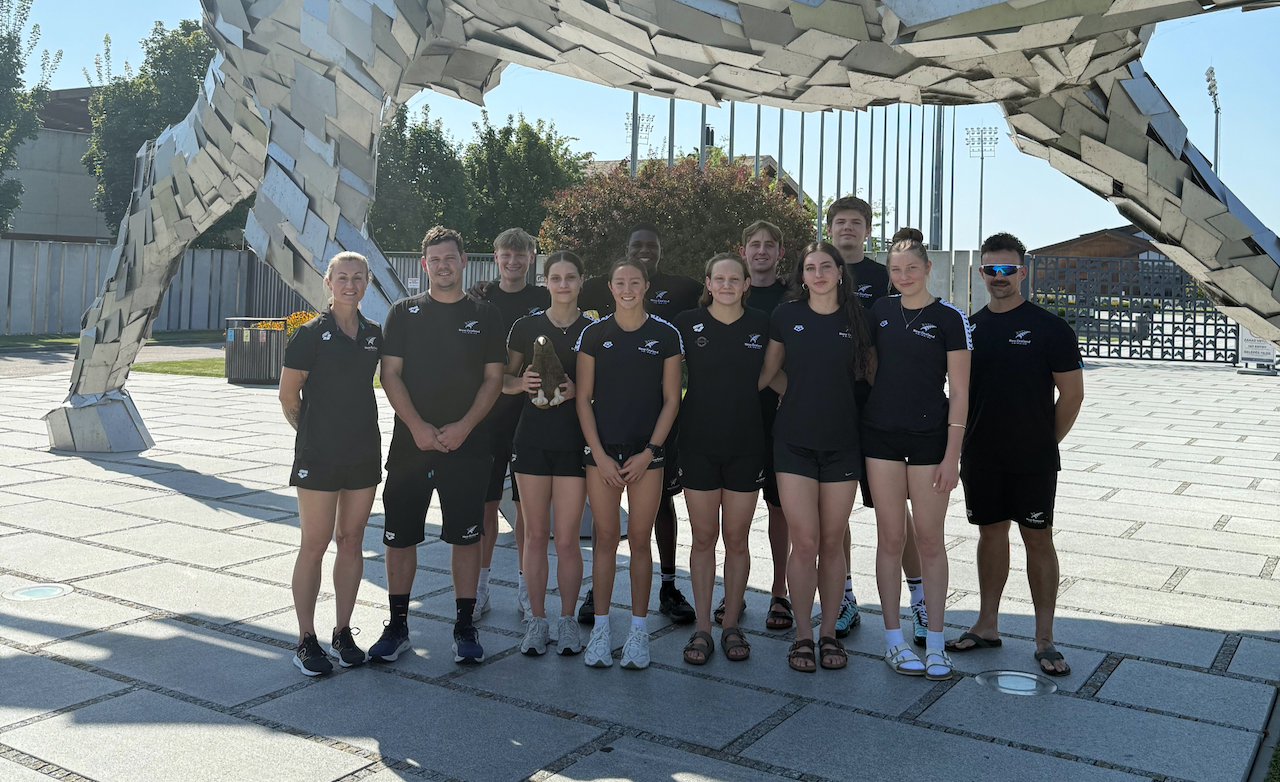Walking Study Shows Design Shapes Choice
Staff Reporter
21 August 2025, 1:06 AM
 Research reveals why locals drive instead of walk.
Research reveals why locals drive instead of walk.Walking is free, healthy, stress-relieving and kind to the planet, yet most short trips in Auckland are still taken by car.
A 2018 Census snapshot showed 82.8 percent of journeys were made behind the wheel.
Dr I-Ting Chuang from the University of Auckland set out to understand why, mapping 15-minute walking catchments in several Auckland and Hamilton suburbs.
The findings showed that while many neighbourhoods technically meet the “15-minute city” ideal, proximity alone doesn’t get people on their feet.
Instead, walking depends on three factors:
- Street layout – fine-grained networks make short trips feel achievable.
- Destinations – everyday places like cafés, shops and libraries give people a reason to walk.
- Experience – greenery, seating and safe lighting make walking enjoyable.
Access to destinations emerged as the strongest motivator.
“An elegant footpath won’t get people walking if there’s nothing worth walking to,” Dr Chuang noted.
The study also found differences between communities.
In under-served areas, people often walk out of necessity.
In more affluent suburbs, walking is a choice, usually for pleasure.
For Coasties, the lessons are clear.
The Hibiscus Coast already enjoys leafy paths and scenic walkways, but the challenge is encouraging people to use them for everyday trips, not just leisure.
Connecting these routes with daily destinations like schools, shops and community hubs is what will turn a pleasant walk into a practical choice.
As Dr Chuang concludes, “Structure enables walking, but experience drives choice.”
NEWS
GO-TO EXPERTS





